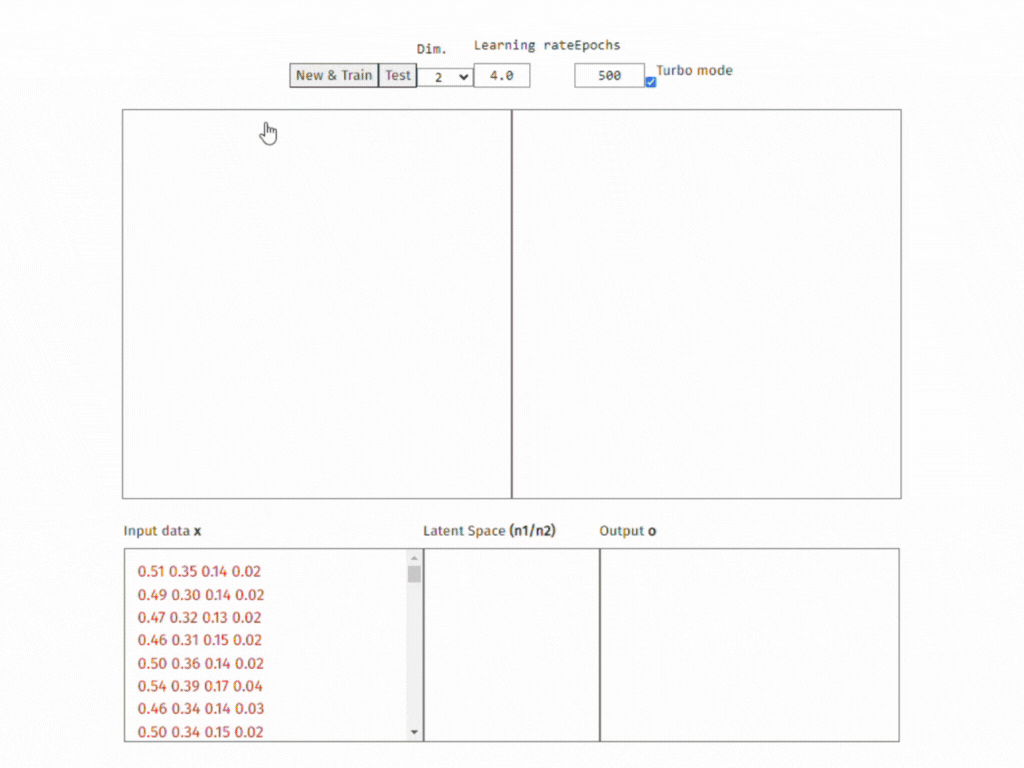5. Application
In the previous chapters, we gained an overview of artificial neural networks and learnt that they receive numbers as input and produce numbers as output. We also familiarised ourselves with how neural networks work at their core, and developed an understanding of the fact that the error of a neural network is a central issue when training the network. As a result, we are now able to design neural networks ourselves using the online machine learning tool, train them with our own data and then test and assess the performance of the network.
Nevertheless, now or later it is worth looking beyond what we have learnt so far. This chapter presents additional information that will deepen our previous understanding, and it deals with the questions of how neural networks process images, audio and text and how these can be converted into numbers in such a way that a neural network can work with them.
We will start with a look back at the introductory example for predicting the chance of survival on the Titanic, a classification task involving numbers that we’ve also encountered in the other units. After discussing some general issues related to data preparation, data set size, bias, and more, we will look at how texts, images, and audio files are converted into numerical values. Finally, we will explore the concept of an autoencoder – a specially designed neural network trained through unsupervised learning to reconstruct the output from the input. This functional principle is commonly used in image generation.

Share this page

